
WASHINGTON — Big gains in both carload and intermodal traffic lifted U.S. weekly rail traffic to its biggest gains over 2024 levels in 10 weeks, and the second-biggest gain of the year.
Statistics from the Association of American Railroads for the week ending March 29 show total volume of 513,553 carloads and intermodal units, an 8.6% gain over the same week a year ago. That includes 235,865 carloads, up 7.8% over the corresponding week in 2024, and 277,688 containers and trailers, up 9.4%.
The weekly gain is second only to a 25.9% increase in the third week of the year [see “U.S. weekly rail volume shows big jump,” Trains News Wire, Jan. 23, 2025]. No other week has shown a gain of more than 6.2%.
Through 13 weeks of 2025, total U.S. traffic is 6,316,264 carloads and intermodal units, a 4.5% gain over the same period a year ago. Carload traffic is up 0.1% while intermodal volume shows an 8.3% gain.
North American totals for the week ending March 29, from nine reporting U.S, Canadian, and Mexican railroads, is 717,082 carloads and intermodal units a gain of 7.1% over the same week a year ago. That includes 349,262 carloads, up 5.3%, and 367,820 intermodal units, up 8.8%.
The year-to-date total of 8,679,986 carloads and intermodal units is a gain of 3% compared to the first 13 weeks of 2024. That includes a 0.3% increase in Canada, and a 8.8% decline in Mexico.






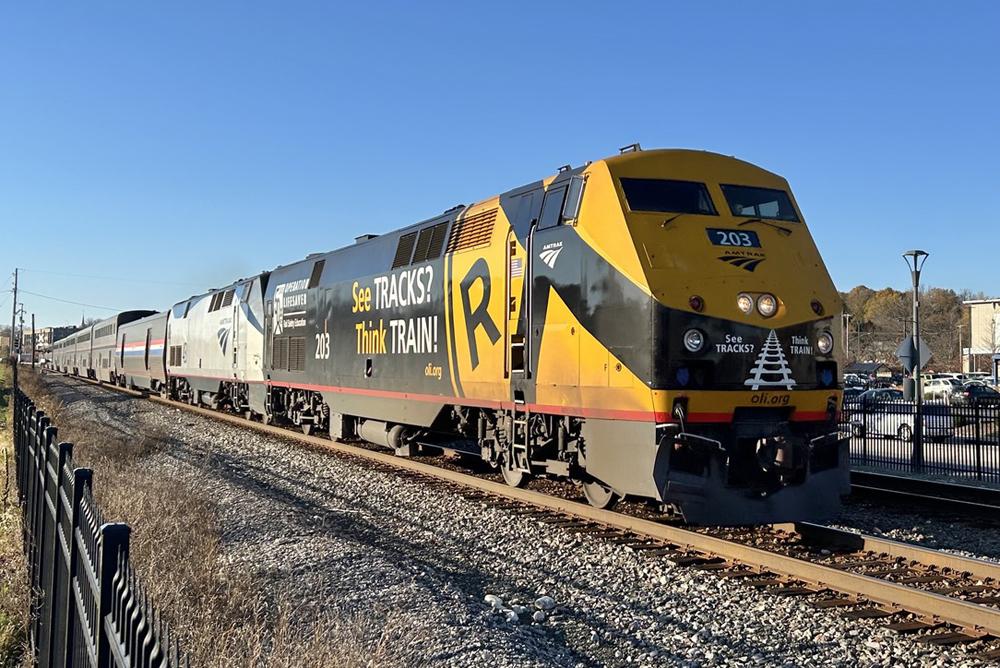
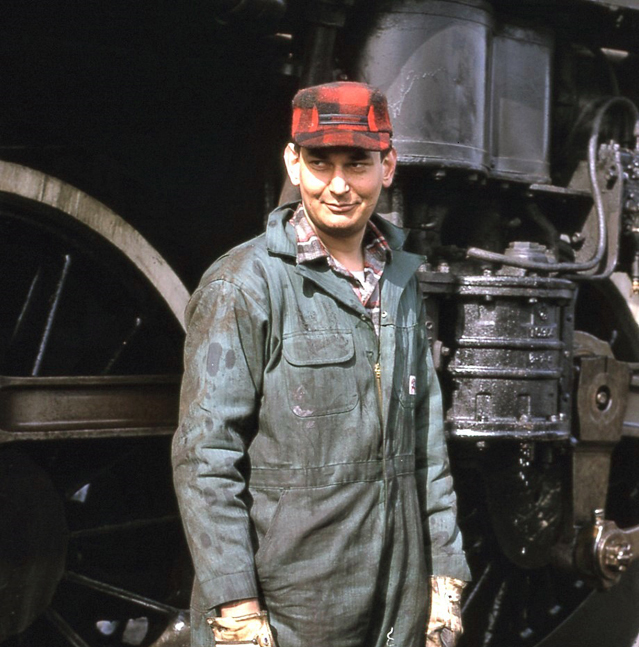
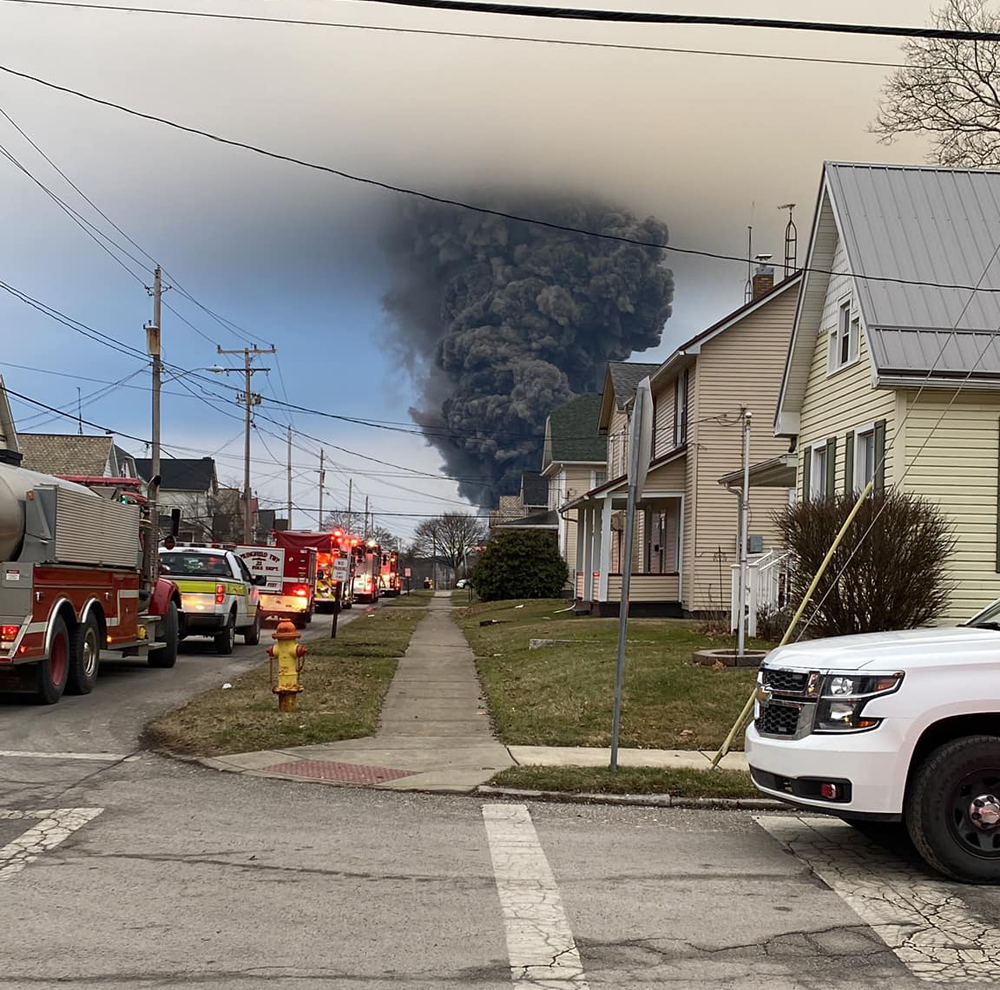
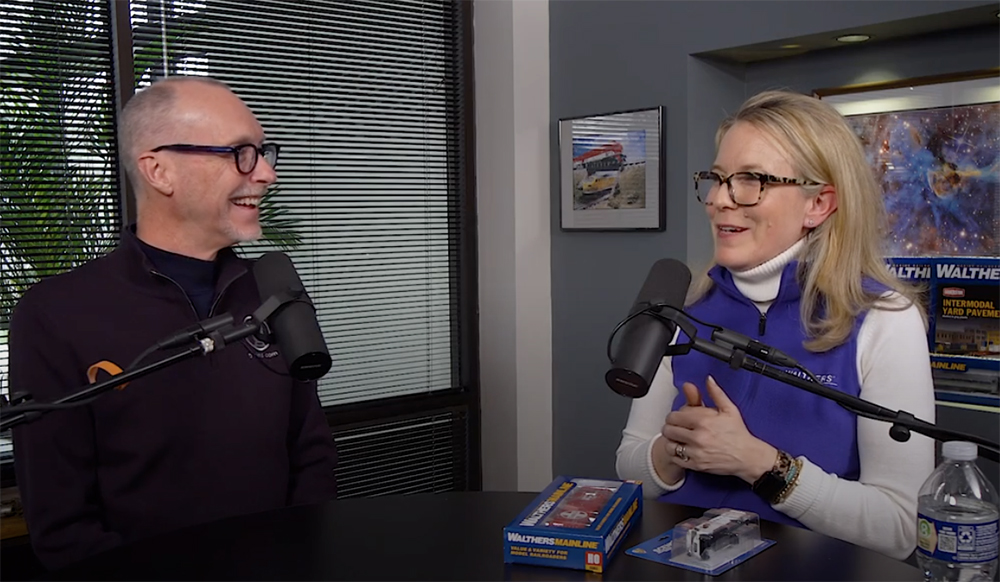

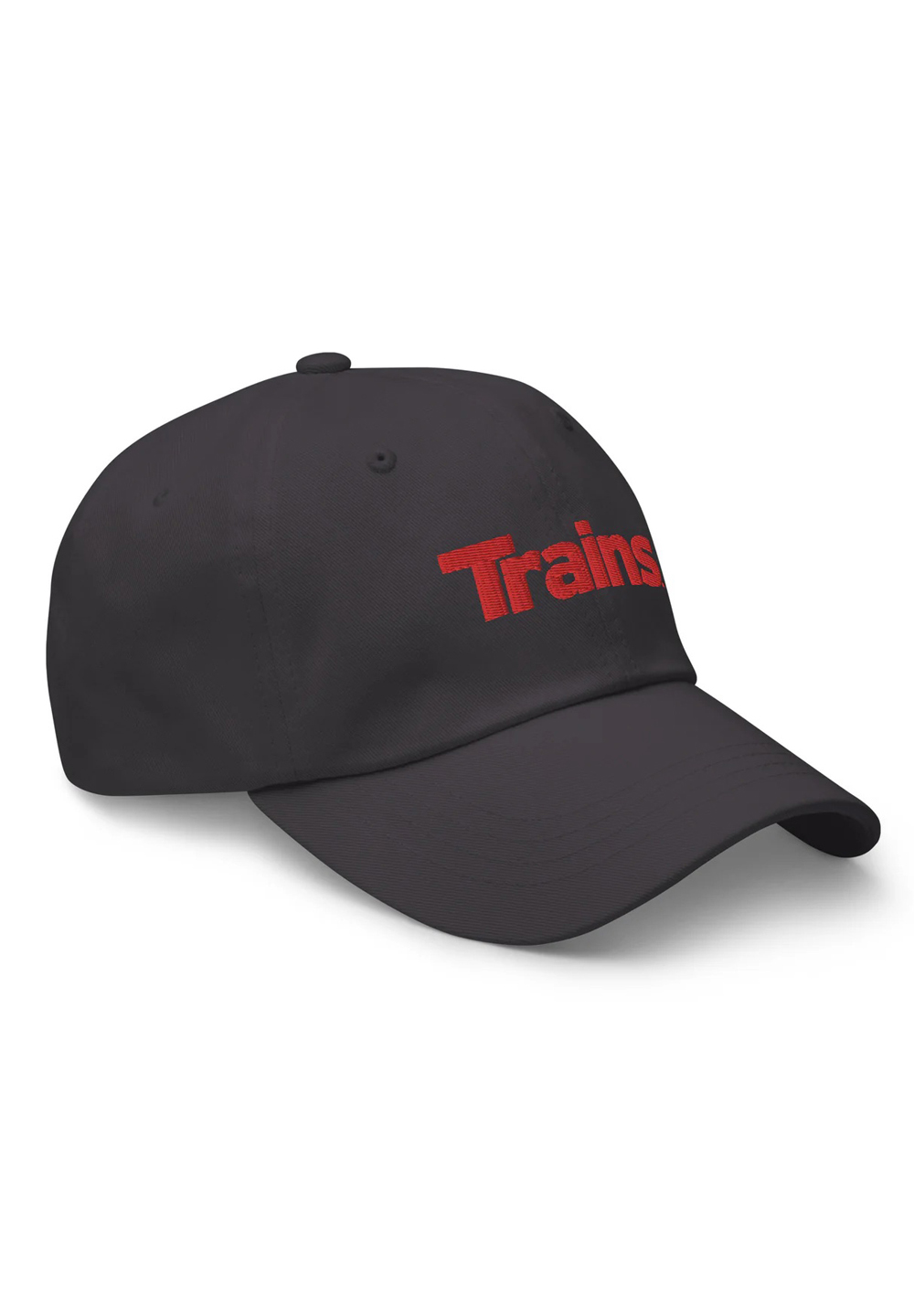
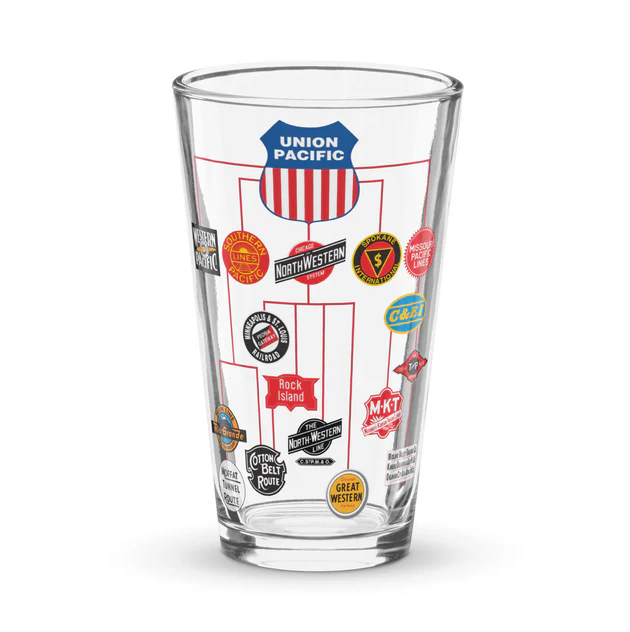
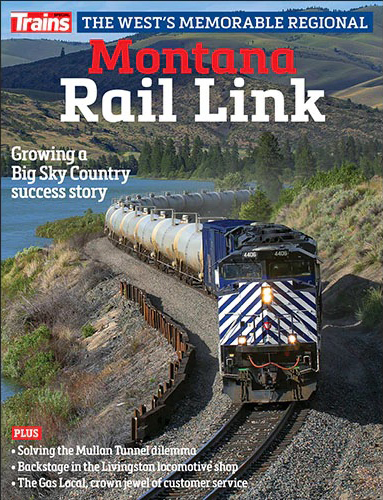
I’ll be more interested in the report that comes in 2 Months time. Production facilities do not get built overnight, no matter the town or state. Many Months, even Years, in planning before the first shovel turns soil. Even Muskrat knows that.
What I find interesting is the remarkable gain in coal traffic. I am curious as to whether it is rebuilding stockpiles at power plants and/or increased export activity.
A pre-Liberation Day surge, a flash in the pan… look in the toilet for traffic levels once the resulting recession and inflation crush demand.
It is a nice thought to re-shore the US industrial base… but putting that toothpaste back into the tube is far easier said than done. The huge manufacturing plants surrounding Syracuse are virtually all gone, for decades now. The trades, management and engineering expertise is long gone. Liberation isn’t going to work just as the free-trade neoliberalism and financialization hasn’t worked.